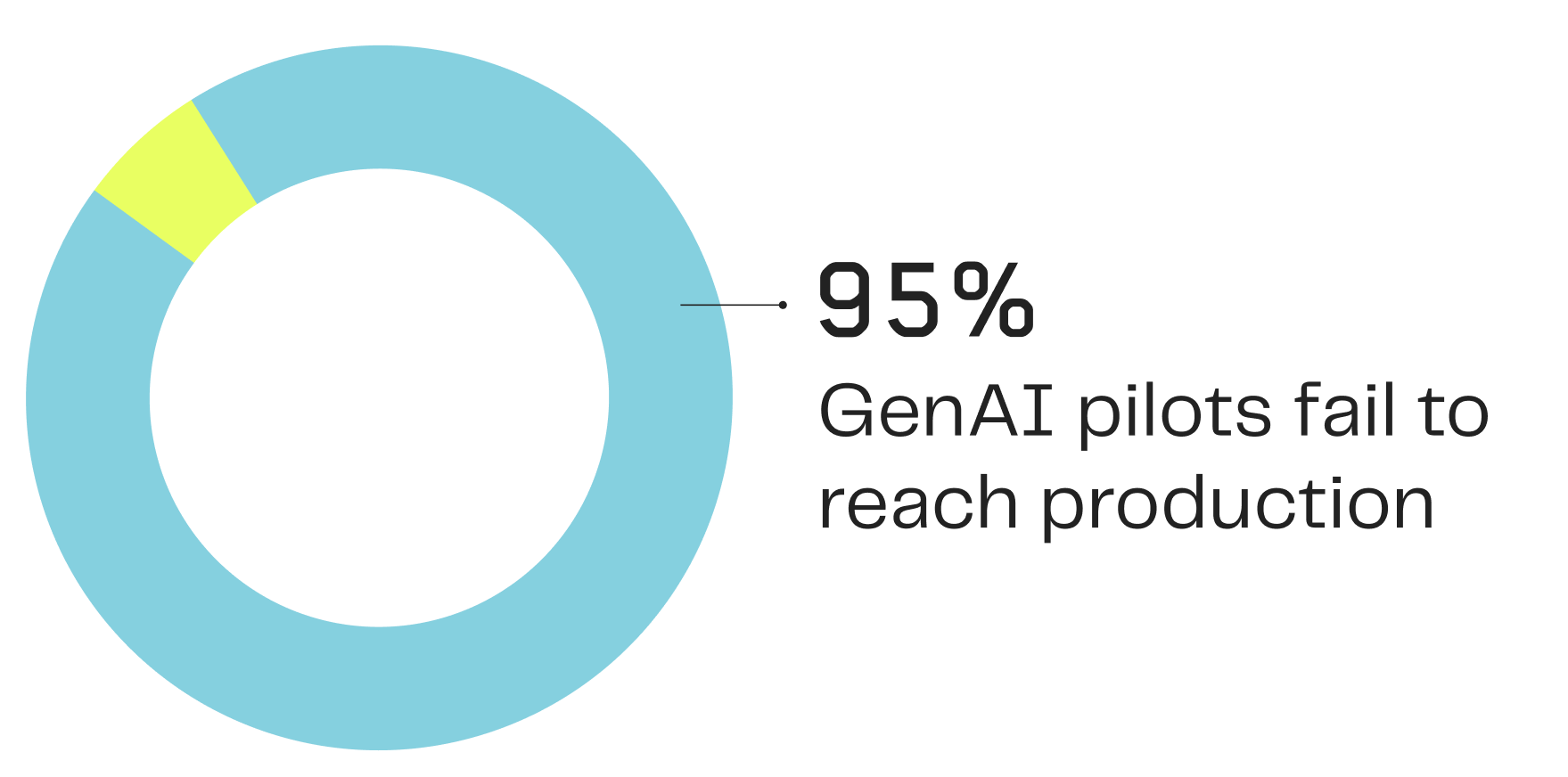The Reality Few Want to Acknowledge
Despite $30-40 billion in enterprise AI investment, the returns aren't there. MIT research shows that 95% of GenAI pilots fail to reach production. Most organizations are spending big and getting nothing back.
This isn't a technology problem. It's an approach problem.
At Raft, we see it every day in logistics. Companies treat AI like a software rollout—scoped to one department, trained once, and left to "run." That mindset almost guarantees failure.
Why the Old Playbook Doesn't Work
Every technology cycle in logistics followed the same pattern: boardroom excitement, frontline resistance, and implementation fatigue. With AI, that playbook breaks down for three reasons:
- AI is never finished. It learns and improves over time.
- AI cuts across functions. Customs adoption fails if finance and operations aren't aligned.
- AI requires executive sponsorship. Without leadership, middle management stalls progress.
This isn't just our field experience. MIT research found that 95% of GenAI pilots fail, often because organizations lack cross-functional alignment and continuous learning loops.
AI also demands a different kind of leadership. Research from MIT Sloan shows that successful AI leaders shift from "command and control" to "facilitate and enable." They act as sense-makers, helping teams navigate ambiguity rather than issuing top-down directives. In logistics, this means treating AI as a continuously evolving capability that requires ongoing learning and adaptation, not a static system deployed once and left alone.

Building an AI Operating Model
Organizations that succeed with AI share the same characteristics:
- Executive sponsorship. AI is treated as a board-level initiative with leaders who facilitate experimentation rather than micromanage implementation.
- Outcome-first mindset. Projects are greenlit only if tied to P&L or KPIs.
- Continuous learning. Success is measured in feedback loops, not go-live dates. Leaders create psychological safety so teams feel comfortable trying new approaches and sharing what doesn't work.
- Cross-functional adoption. Customs, finance, and operations adopt together.
Julie Sweet, CEO of Accenture, put it simply: "You have to be willing to rewire your company. AI can't be bolted on."

Lessons From the Field
We've seen forwarders treat AI like a plug-in, assigning it to a single department. Six months later, nothing had changed. Operators didn't trust it. Finance ignored it. The project died.
Contrast that with a brokerage team that started small: automating one declaration type, aligning with finance on invoice data, and looping in operations on clearance targets. Within 90 days, they saw fewer penalties, faster throughput, and stronger customer satisfaction. That proof gave leadership the confidence to expand.
This is the difference between a failed pilot and an AI operating model.
The Urgency to Act
AI adoption is at a tipping point. Early movers are embedding AI into culture, while laggards remain stuck in pilots. Business Insider reports that Fortune 500 leaders like IKEA and Accenture are already training managers in AI literacy and embedding AI ethics at the board level.
At the same time, Julie Sweet predicts artificial general intelligence (AGI) could arrive within a decade. The stakes are only rising.
Next Step: Take Raft's AI Readiness Assessment, part of our Adopting AI in Freight Forwarding and Customs Brokerage playbook. It's a quick way to benchmark your people, processes, and data, and see where AI can deliver measurable ROI in 90 days.
